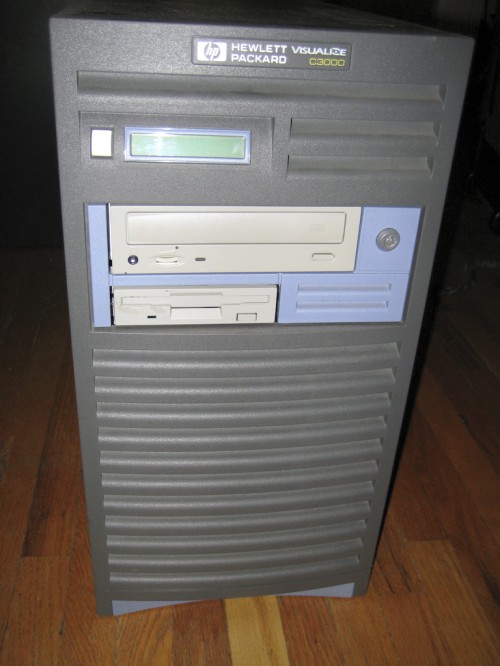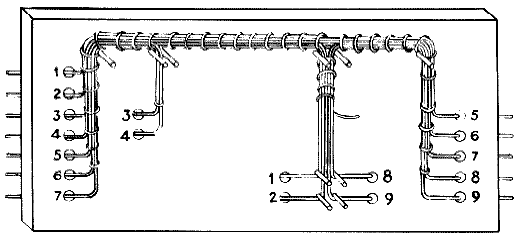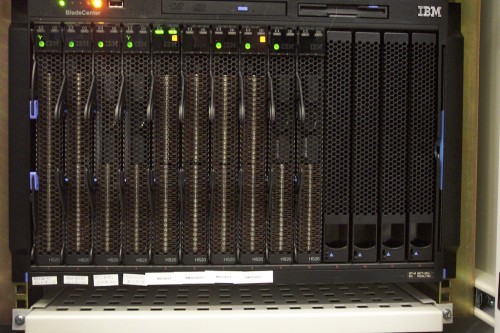Those of you out there running older freebsd machines that require an update for the new DST can find the update timezone files under /usr/ports/misc/zoneinfo. To find out if you need the update, run this from the command line:
zdump -v /etc/localtime | grep 2007
It should report:
/etc/localtime Sun Mar 11 05:59:59 2007 UTC = Sun Mar 11 01:59:59 2007 AST isdst=0 gmtoff=-14400
/etc/localtime Sun Mar 11 06:00:00 2007 UTC = Sun Mar 11 03:00:00 2007 ADT isdst=1 gmtoff=-10800
/etc/localtime Sun Nov 4 04:59:59 2007 UTC = Sun Nov 4 01:59:59 2007 ADT isdst=1 gmtoff=-10800
/etc/localtime Sun Nov 4 05:00:00 2007 UTC = Sun Nov 4 01:00:00 2007 AST isdst=0 gmtoff=-14400
If it doesn’t report march 11th and nov 4th make sure your ports tree is current and do the following:
cd /usr/ports/misc/zoneinfo
make install && make clean
tzsetup
Choose your local timezone in here and accept the changes. Then re-run the above zdump command. If it reports March 11th instead of April 1st you’re good to go.



